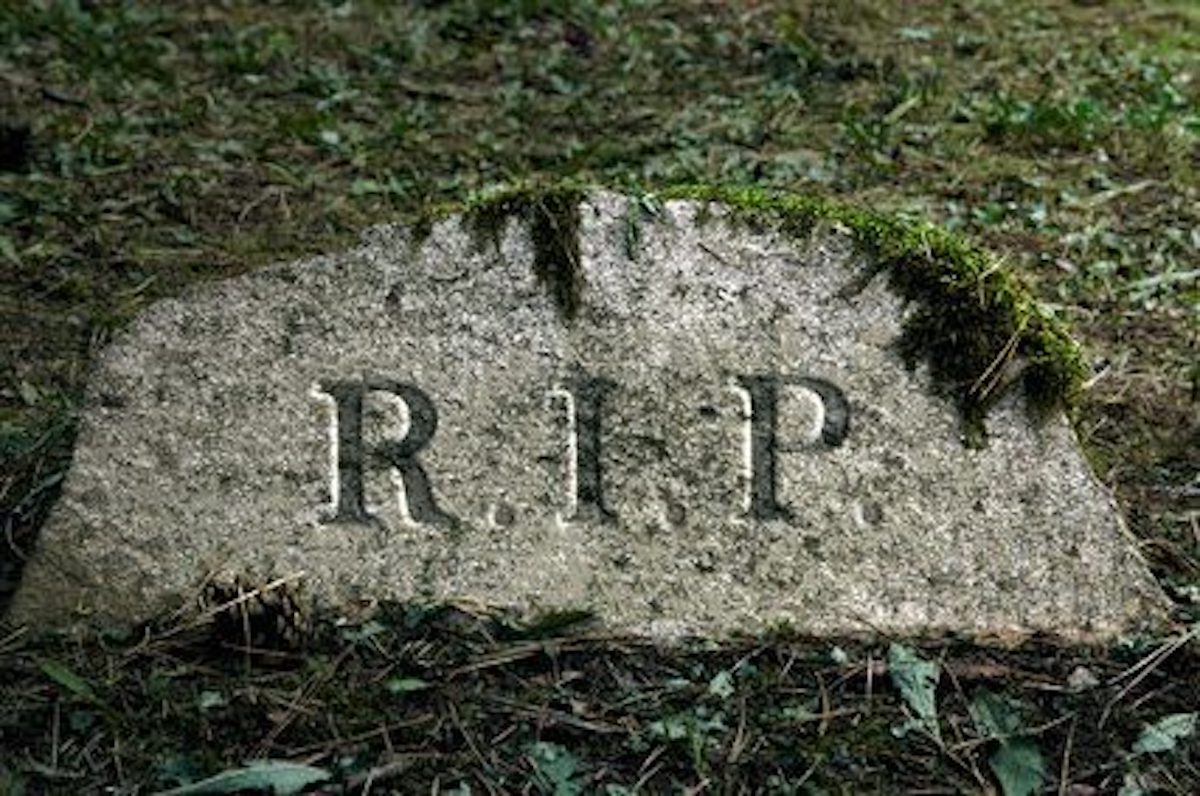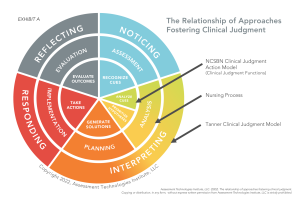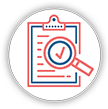
There is a current discussion in nursing education regarding the value and relevance of the nursing process that was developed over 60 years ago.
In the Facebook group that I am an administrator for, Teachers Transforming Nursing Education, I frequently come across posts from nurse educators who also question the relevance or need to teach the nursing process to develop clinical judgment in students and assume that the NCSBN Clinical Judgment Model should be taught to students instead.
Published journal articles reinforce this assumption, with one educator suggesting that because of its age “educators should question if it is the best decision-making model 60 years later” (Sherrill, 2020, p.82).
I strongly disagree. Here’s why.
Just because something is old, especially in terms of nursing literature standards (< 5 years), does not mean that it is no longer relevant. Consider Dr. Patricia Benner’s novice to expert theory of nurse development, which was published in 1984. This seminal study remains relevant almost 40 years later because it is founded on what is true and reflective of nursing practice.
Dr. Benner and the co-authors of Educating Nurses communicated that nurses use multiple ways of thinking to develop clinical judgment (Benner et al., 2010).
Relevance of the Nursing Process to Practice
Though the nursing process is old-school and over 60 years old, to ensure the development of clinical judgment, the nursing process must continue to be recognized as one of these ways of thinking and taught as a foundational and fundamental framework of decision-making upon which other higher-level clinical reasoning skills of noticing, interpreting, responding, and reflecting from Tanner’s Clinical Judgment Model (Tanner, 2006) can be built upon.
I have been encouraged to finally see the shift from step two of the nursing process, which has historically been taught as diagnosis and, with it the inference of a NANDA nursing diagnostic statement, to an emphasis on analysis to interpret the meaning of what was collected during the nursing assessment.
Even our primary professional organization, the American Nurses Association, has not yet written the obituary for the nursing process and communicates on its website that the nursing process is (ANA, n.d.):
The common thread uniting different types of nurses who work in varied areas is the nursing process—the essential core of practice for the registered nurse to deliver holistic, patient-focused care.
 It is not a coincidence that the nursing process aligns with the practice-informed framework of Tanner’s CJM and the six steps of the NCSBN measurement model. To put the nursing process in its proper place with other clinical reasoning frameworks, nurse educators must see them as interdependent with one another. Nurses provide the best care when it is delivered within the nursing process framework (Jessee, 2021).
It is not a coincidence that the nursing process aligns with the practice-informed framework of Tanner’s CJM and the six steps of the NCSBN measurement model. To put the nursing process in its proper place with other clinical reasoning frameworks, nurse educators must see them as interdependent with one another. Nurses provide the best care when it is delivered within the nursing process framework (Jessee, 2021).
Using the infographic (with permission from ATI), each step of the nursing process, assessment, analysis, planning, implementation, and evaluation, correlate and complement with both Tanner’s CJM and the six steps of the NCSBN measurement model. By teaching the practice-informed frameworks of the nursing process and Tanner’s CJM first, the NextGen NCLEX will take care of itself.
Integrating the Nursing Process with Tanner’s CJM
Developing clinical judgment begins in the first semester with teaching the nursing process and the first step of assessment, correlating this to Tanner’s CJM to the first clinical reasoning process of noticing, students are taught to develop the psychomotor skill of collecting data through nursing assessment and the higher-level cognitive reasoning skill of noticing what is most important or most concerning based on the patient’s situation.
If your program is looking for a student textbook that provides best practices to teach clinical judgment, I have written a resource: Think Like a Nurse: Developing Clinical Judgment for Professional Practice that programs across the country have adopted to strengthen student knowledge of this essential content!
- Have I minimized in my teaching the importance of the nursing process to develop clinical judgment?
- Do I integrate both the nursing process and Tanner’s CJM to students to develop clinical judgment?
- Does my teaching (or our program) teach practice-informed frameworks of clinical judgment or are we teaching to the test using the NCSBN model to teach students clinical judgment?
The nursing process remains both fundamental and foundational to developing clinical judgment.
Advocate for teaching and integrating the nursing process and the teaching of Tanner’s CJM at each level of your program.
Closing Thoughts
The nursing process is not dead and remains relevant and essential to develop the clinical judgment needed for safe practice. Despite voices to the contrary, no research or evidence supports removing the nursing process from the curriculum.
in addition to using both the nursing process and the practice-informed clinical reasoning framework of Tanner’s CJM, nurse educators must realize that knowledge that is taught must be understood so it can be readily applied to the bedside where it matters most.
Therefore, it is imperative to attack infobesity in your classroom content so your students acquire a deep knowledge of what is most important.
Recommended Resources (click links below)
References
American Nurses Association. (n.d.). The nursing process. Retrieved from https://www.nursingworld.org/practice-policy/workforce/what-is-nursing/the-nursing-process/
Benner, P. (1984). From novice to expert: Excellence and power in clinical practice. Upper Saddle River, NJ: Prentice-Hall.
Benner, P., Sutphen, M., Leonard, V., & Day, L. (2010). Educating nurses: A call for radical transformation. San Francisco, CA: Jossey-Bass.
Jessee, M. (2021). An update on clinical judgment in nursing and implications for education, practice, and regulation. Journal of Nursing Regulation, (12)3, 50-60.
Sherrill, K. (2020). Clinical judgement and next generation NCLEX: A positive direction for nursing education! Teaching and Learning in Nursing, (15), 82-85.
Tanner, C. A. (2006). Thinking like a nurse: A research-based model of clinical judgment in nursing. Journal of Nursing Education, 45(6), 204–211.
Keith Rischer – PhD, RN, CEN
As a nurse with over 35 years of experience who remained in practice as an educator, I’ve witnessed the gap between how nursing is taught and how it is practiced, and I decided to do something about it! Read more…
The Ultimate Solution to Develop Clinical Judgment Skills
KeithRN’s Think Like a Nurse Membership
Access exclusive active learning resources for faculty and students, including KeithRN Case Studies, making it your go-to resource.






